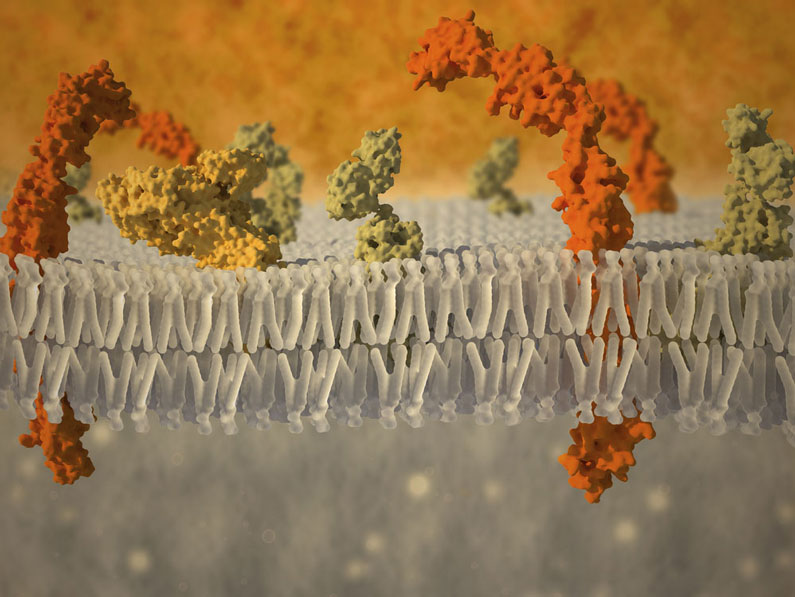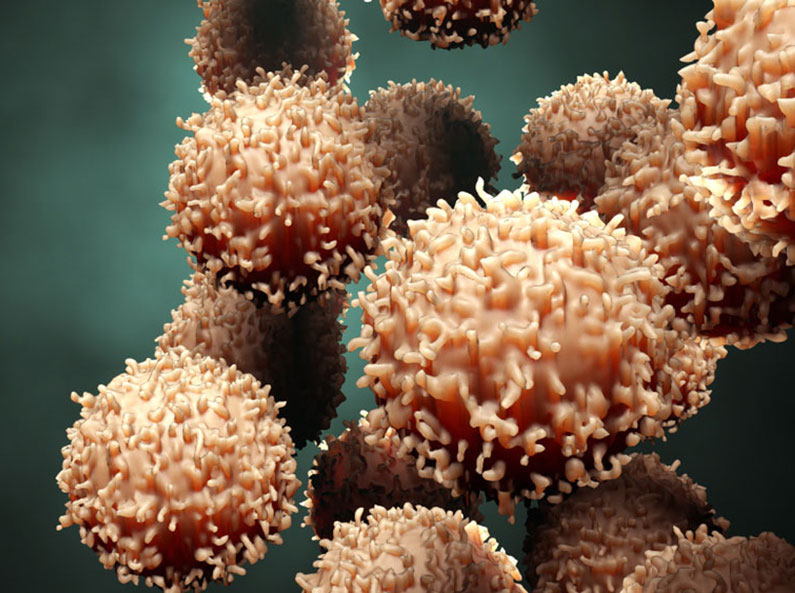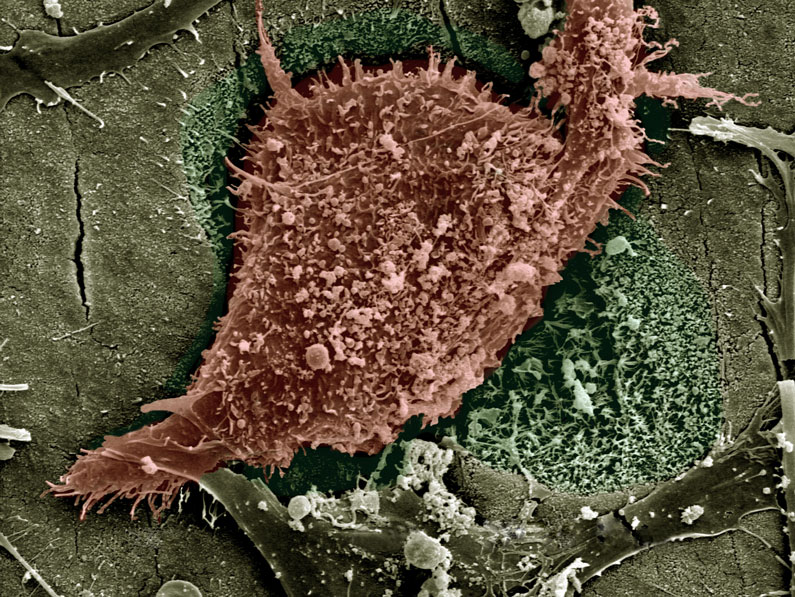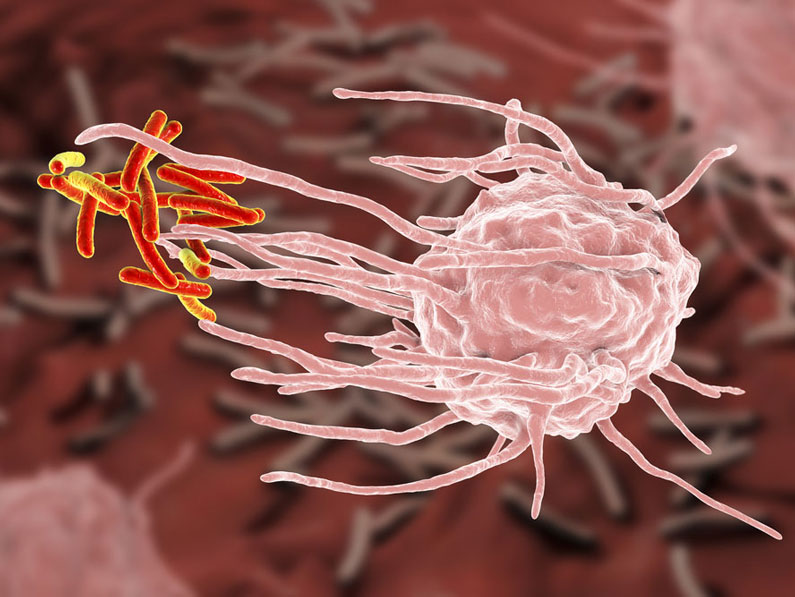


IL-17 as a therapeutic target
Interleukin 17 (IL-17) is a strong inducer of inflammation and it helps in our protection against invading pathogens. It can also have however a detrimental role, as in chronic inflammatory and autoimmune diseases, IL-17 contributes in tissue destruction.
Due to its central role in orchestrating the pathogenesis of multiple inflammatory conditions, including rheumatoid arthritis, psoriasis, IBD, multiple sclerosis (MS) and others, IL-17 is a promising therapeutic target. Indeed several approaches that target IL-17 signaling have been tested in the clinic with real benefits to the patients and biologics that target IL-17, such as secukinumab (Cosentyx) and Ixekizumab (Taltz), have been now clinically approved for indications including psoriasis and psoriatic arthritis.
The humanized IL-17 mouse models
The TghIL17 transgenic mouse model is a mouse that expresses human IL-17 in the absence of mouse IL-17 and in combination with an array of spontaneous or induced disease models, it offers ideal preclinical platforms for the efficient evaluation of therapeutics targeting the inhibition of human IL-17.
Preclinical Platforms for the evaluation of IL-17 targeting therapeutics
| Model | Duration | Read outs |
| Experimental Autoimmune Encephalomyelitis MOG-induced EAE |
25-30 days | -Weight -Clinical Scoring -Histology |
| Psoriasis IMQ-induced Psoriasis |
5 days | -Weight -Clinical Scoring -Histology |


